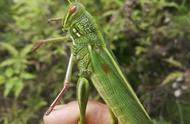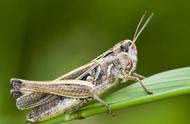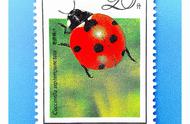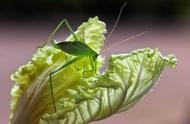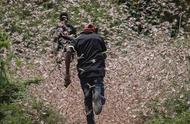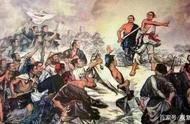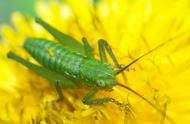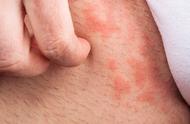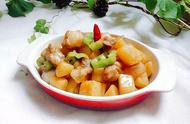平时零散的蝗虫可以吃没问题,切记,蝗灾的蝗虫不能吃!

蝗虫一旦聚集起来以后,因为群体目标太大容易被鸟类等天敌攻击,所以他们会分泌PAN(苯乙腈)来释放出难闻的气味,让天敌知难而退,如果这些鸟类还不退却的话,他们就会把PAN经过一系列的反应变成HCN,对,就是氢氰酸,你们考虑下,剧毒。
中科院动物研究所去年1月在science advances发了一篇论文,主要是讲蝗虫的一种防御天敌的机制:

文章里讲了一大堆化学反应和激素变化以及群体感应啥的,但这都不是重点。重点是这里。
Our results indicate that PAN does not play a role in the aggregation of the migratory locust in the nymphal stage. In gregarious locusts, the PAN and HCN biosynthetic pathways participate in an antipredator defense mechanism that involves the coordination of olfactory aposematism and chemical defense (Fig. 5). The activation of a crucial CYP gene in the phenylalanine metabolic pathway during locust aggregation is an important mechanism in the adaptation of gregarious locusts to the group-living environment. There are many insectivorous bird species including seasonal migratory and nonmigratory birds in the field, so the aggregation exposures of the locusts obviously have the higher risks of predations. Because the activation of the PAN biosynthesis relies on the high population density of the locusts, the chemical defense of the locusts aims at the general predators in spite of the great tit being used in the behavioral tests. Thus, the plasticity of PAN biosynthesis in response to population density is crucial for the optimization of the antipredator defense strategies of locusts under diverse environmental conditions.
切记,蝗灾的蝗虫不能吃!


